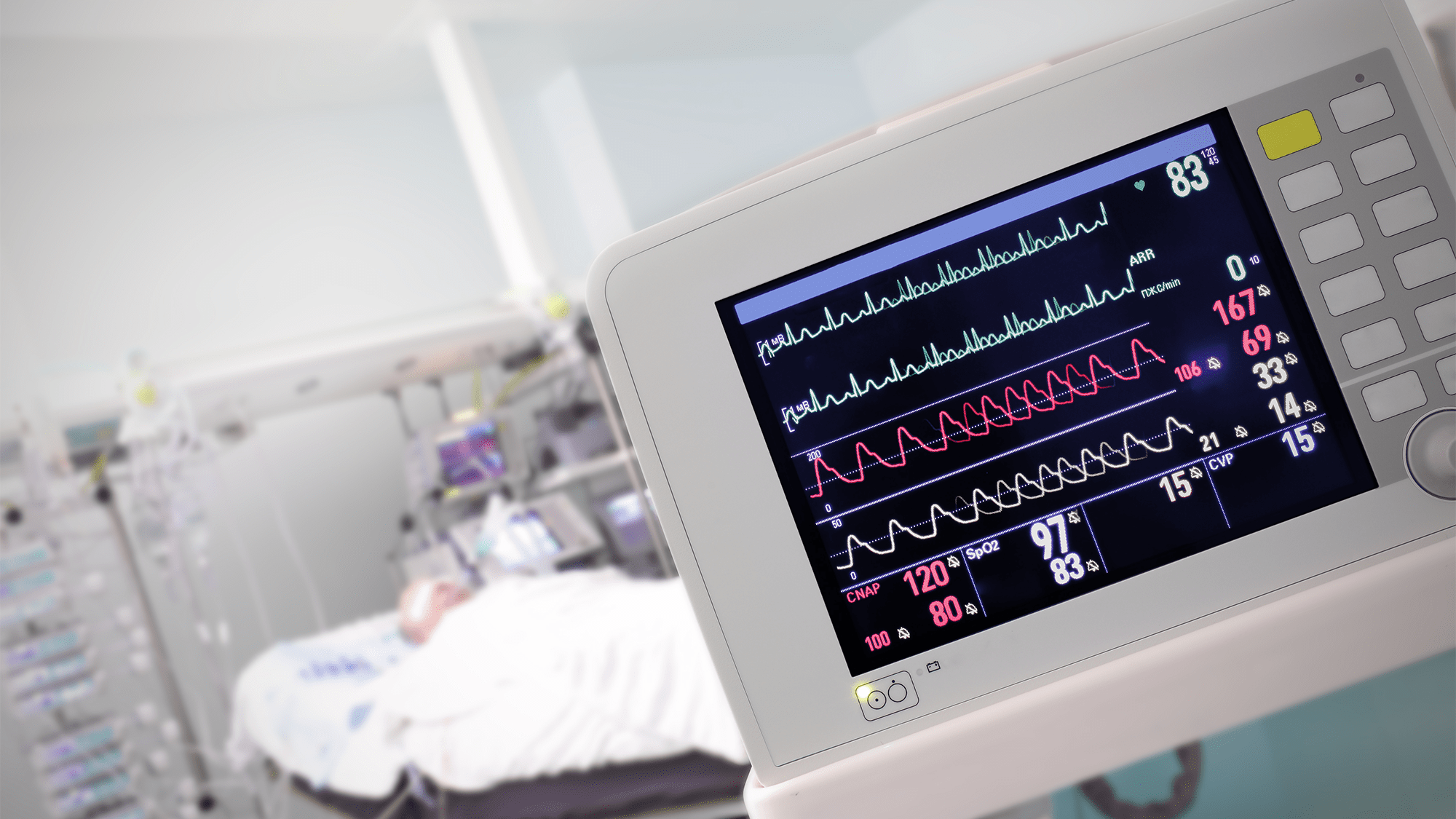

New numbers from the Centers for Disease Control and Prevention (CDC) shows that weekly COVID-19 hospitalizations have jumped by over 10 percent across the United States. At least 7,109 admissions were reported for the week of July 15, up from 6,444 during the previous week. This is the largest increase of a key indicator of the virus since December 2022.
[Related: Your guide to COVID testing for the unforeseeable future.]
A second hospital metric is also trending upwards with summer’s temperatures. An average of 0.73 percent of emergency room visits in the past week were related to COVID-19 as of July 21, a jump from 0.49 percent through the same period in June.
“US COVID-19 rates are still near historic lows after 7 months of steady declines. Early indicators of COVID-19 activity (emergency department visits, test positivity and wastewater levels) preceded an increase in hospitalizations seen this past week,” CDC spokesperson Kathleen Conley said in a statement according to CBS News. “The U.S. has experienced increases in COVID-19 during the past three summers, so it’s not surprising to see an uptick.”
Hospitalizations do remain below the levels recorded at this time last year as of now. July 2022 peaked at over 44,000 weekly hospitalizations and five percent of emergency room visits in last year’s summer surge.
While this current uptick is small, it is a notable reversal after months of declining coronavirus numbers across the country.
In the Los Angeles area, cases increased by about 32 percent this week. Health officials suspect that this jump may be linked to celebrations from the Fourth of July, travel, and the region’s record breaking heat causing people to stay inside more frequently. Upticks in COVID-19 in wastewater samples from New York also showed a possible increase in cases in June.
The Midwestern region of the country is the only part of the US that did not record more hospitalizations last week than the one before.
This rise in cases is not unique to the United States. Japan may have entered a ninth COVID-19 wave that continues to surge this month. Hospitalizations and emergency room visits in the Asian country have risen for nine straight weeks.
[Related: The deadliest viruses in human history, from COVID to smallpox.]
Last week, the World Health Organization reported that “some countries continue to report high burdens of COVID-19, including increases in newly reported cases and, more importantly, increases in hospitalizations and deaths–the latter of which are considered more reliable indicators given the reductions in testing.”
The organization also stressed that COVID-19 “remains a major threat,” and urged governments to maintain and not dismantle their established COVID-19 infrastructure. The WHO ended their global health emergency for COVID-19 in May, citing a decrease in hospitalizations and death and an increase in population immunity.
The arcturus variant (XBB.1.16) continues to be the most prevalent strain in the US, accounting for nearly 15 percent of all new infections. The WHO also added EG.5 to its list of “variants under monitoring.” This strain has been rising around the world since the end of may, but so far, the WHO says there is “no evidence of rising cases and deaths or a change in disease severity associated with EG.5.”
